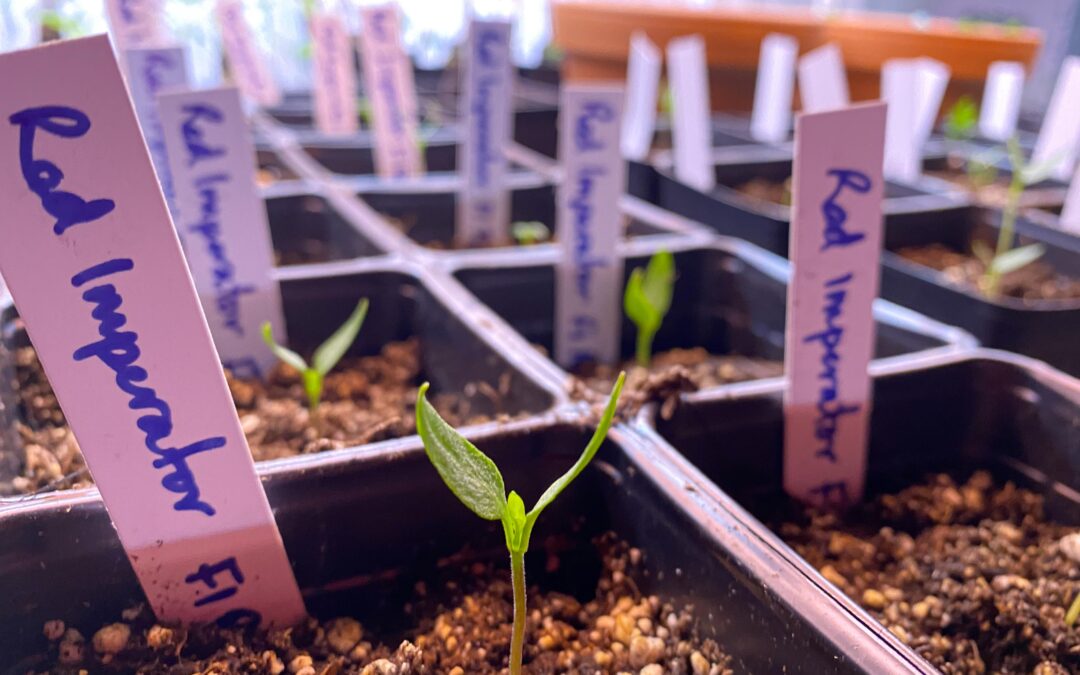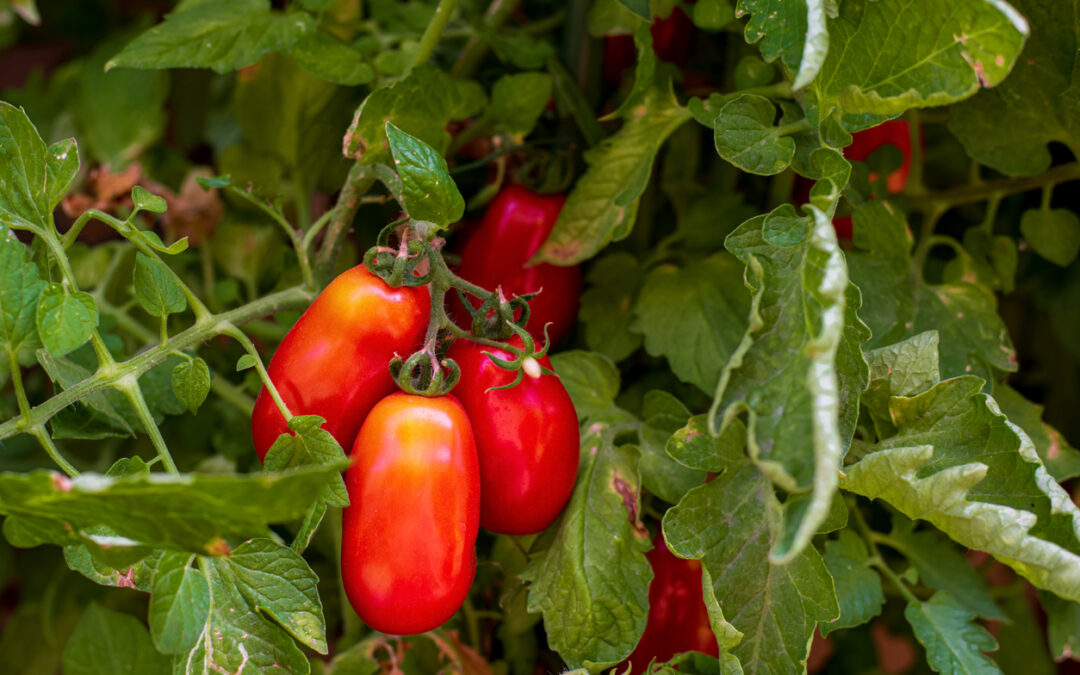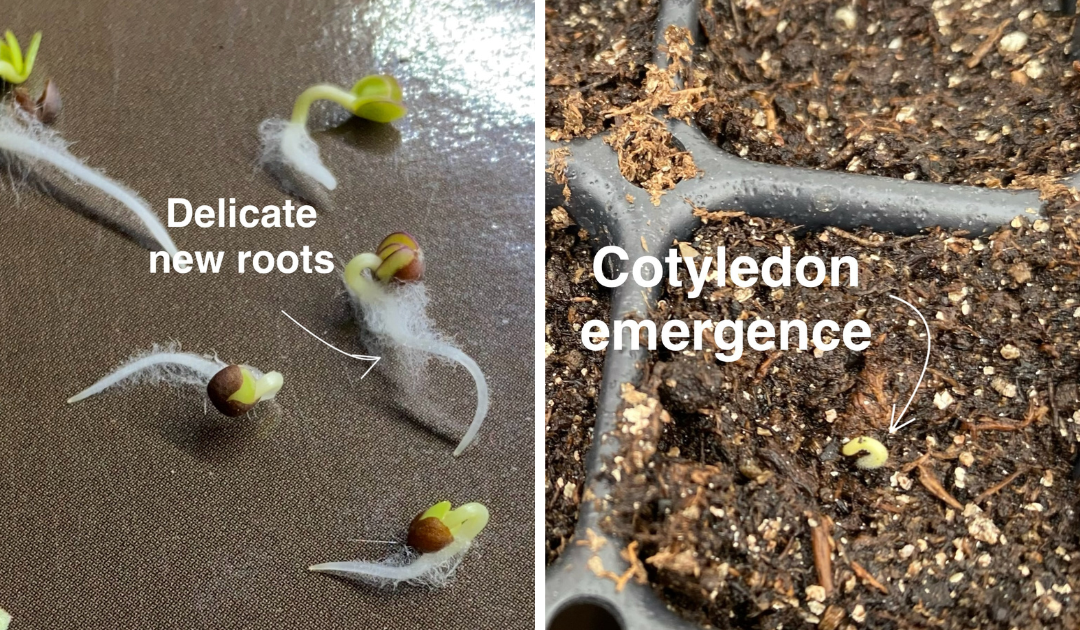 Your greenhouse is a glorious place for tomatoes to grow.
Your greenhouse is a glorious place for tomatoes to grow.
It’s warmer than outdoors. Plants are protected from wind damage. The heat of the greenhouse warms the soil so the roots are happier and the plant grows faster and more lush.
There is a challenge we have to deal with though: humidity.
Summer 2020 in Central Alberta is not particularly hot and we are getting lots of rain and high humidity.
These conditions are perfect for Botrytis cinerea (aka Gray Mold Botrytis) to flourish.
This gray mold can rest dormant in a plant until the temps start to hover around 17-24C and there is high relative humidity.
It’s pretty devastating to see this happen inside your greenhouse; it means the fungal spores are present and can threaten other plants, including strawberries, cucumber, and beans.
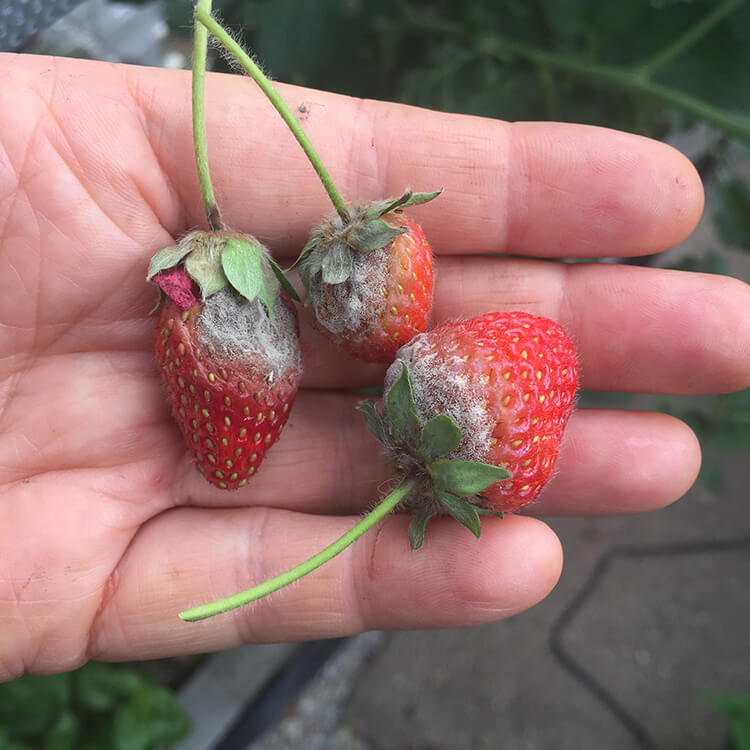
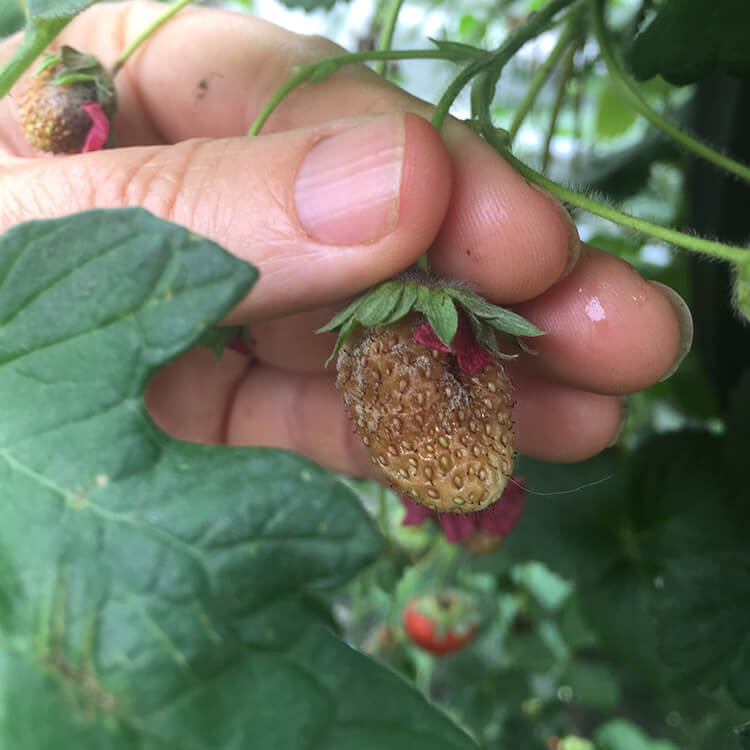
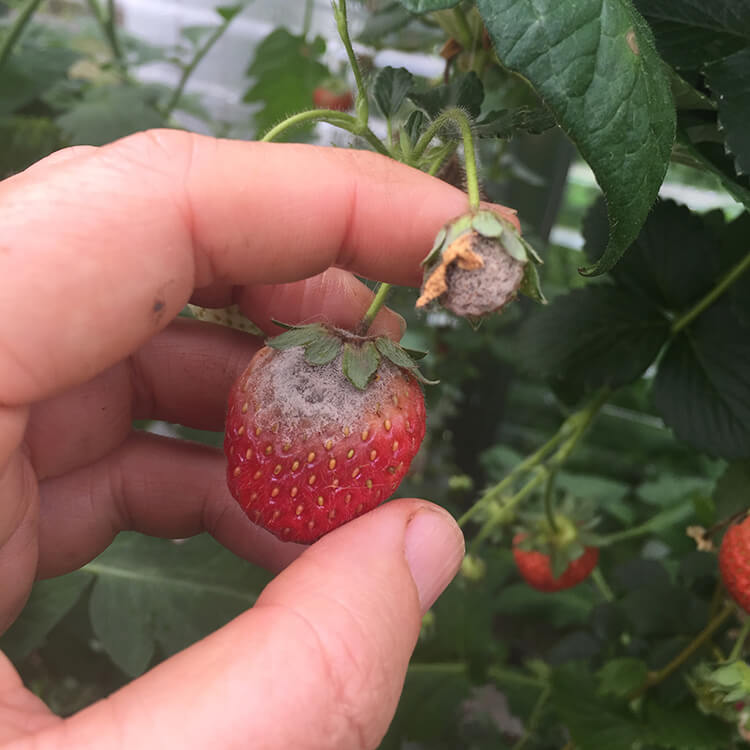
Prevention
The best treatment is prevention:
- if in your garden centre you see bedding plants or hanging baskets with brown spots on the leaves, walk away. Not only is this a sign of disease that will inhibit growth on that plant, it may also infect all your other plants
- don’t bring plants into your greenhouse that show signs of spotting on the leaves or brown stems
- keep the air circulating in your greenhouse. In the greenhouses we build, this means opening the manual vent in the gable end, opening half or all of the door, ensuring your roof vents are set to open at a lower temperature and possibly adding a fan to keep air circulating
- don’t plant your plants too close together. Optimal spacing is at least 45cm between plants in a row and a least 1 metre between rows
- prune lower tomato branches to allow air movement
- monitor plants daily for signs of disease
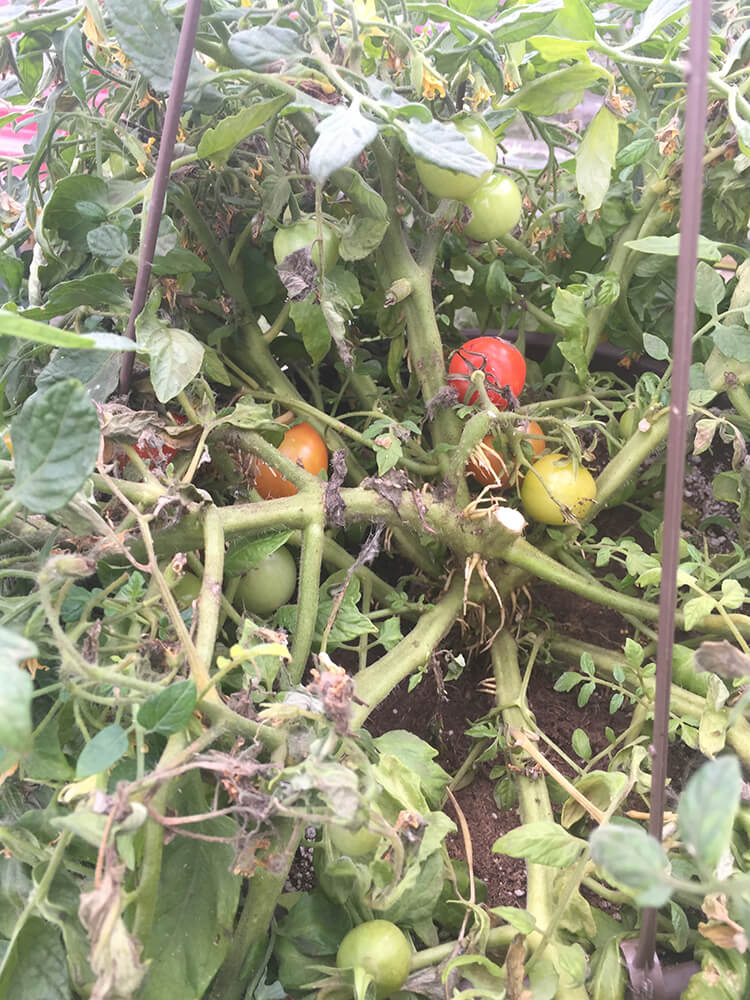
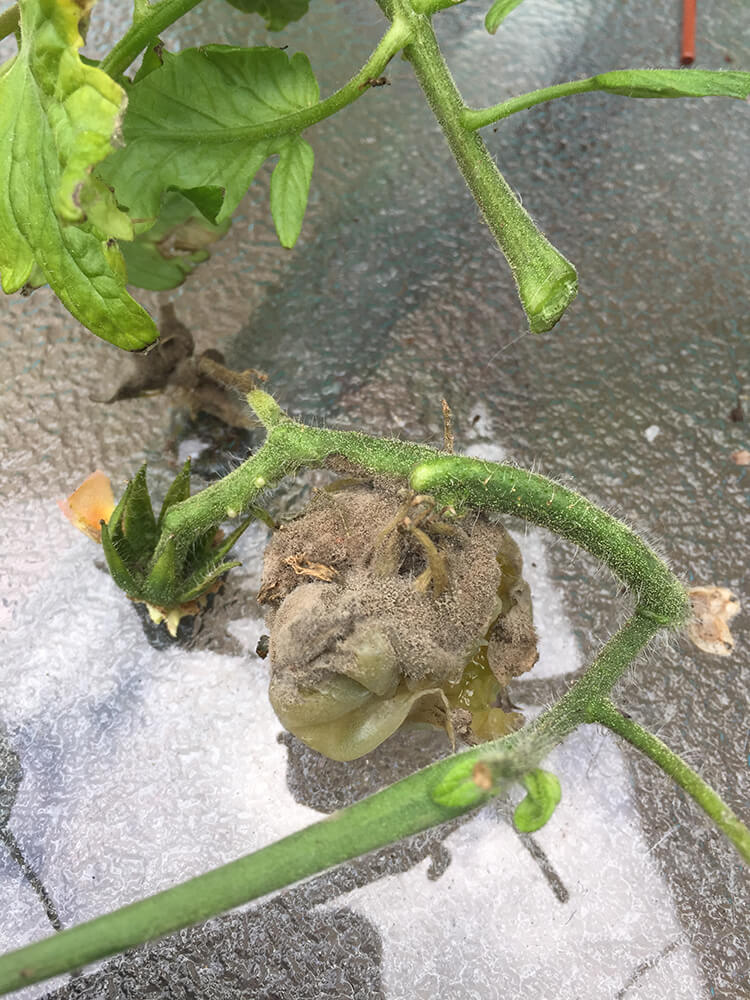
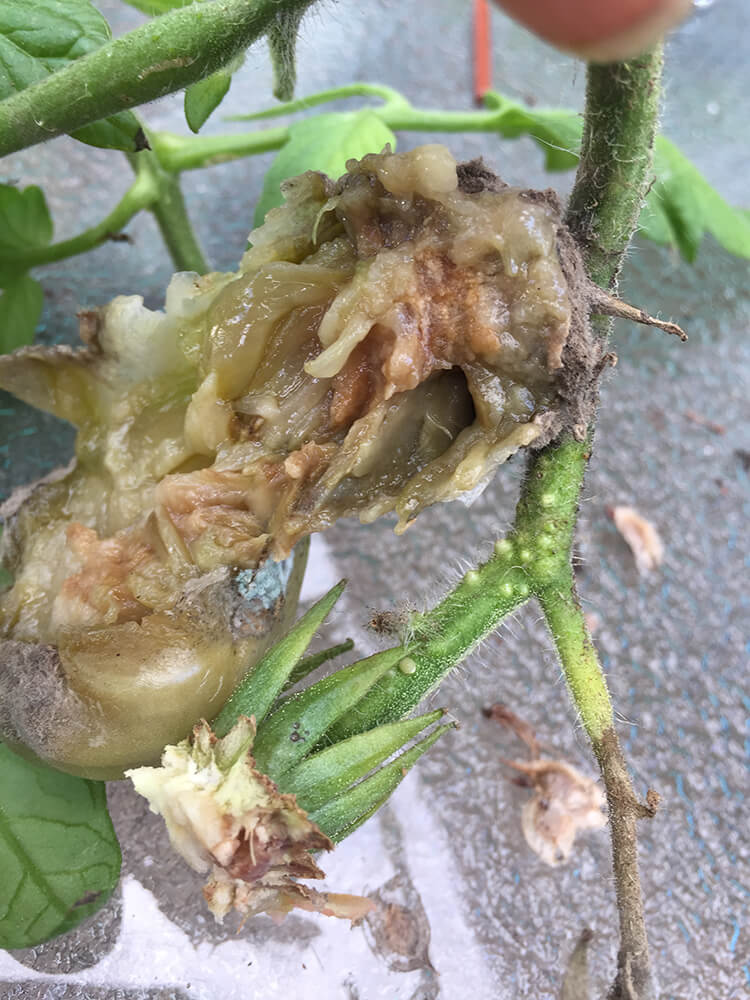
Treatment
If you spot the issue too late (like I did), there are a few steps you need to take to prevent further spread.
- remove the plant from the greenhouse if possible (hanging planters or if in a pot)
- remove all the infected parts of the plant and place in your garbage (DO NOT compost)
- prune all foliage below the first set of fruit and thin as much as possible
- sanitize your pruning shears and other tools by wiping them down with rubbing alcohol
- space plants out for better air circulation
- don’t over water, make sure you have good drainage
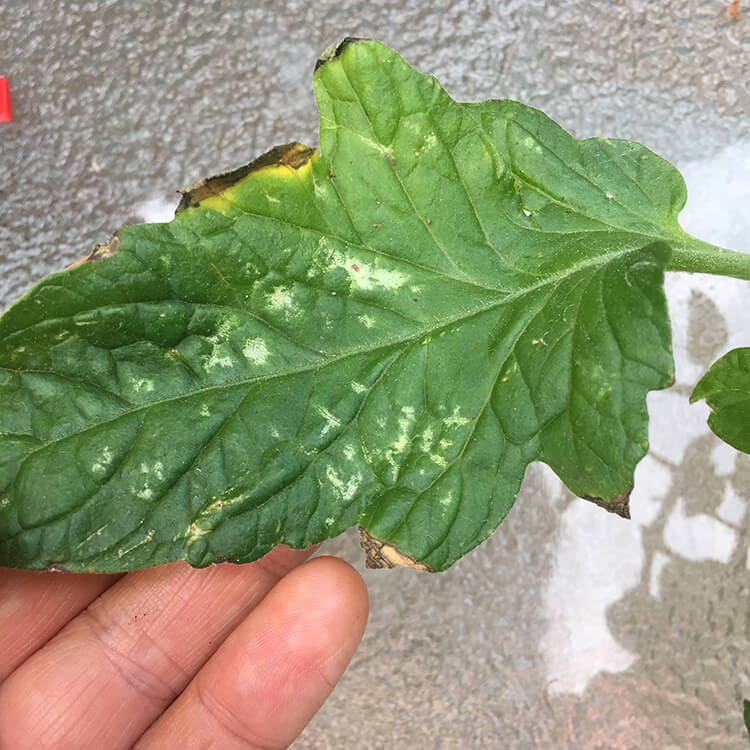

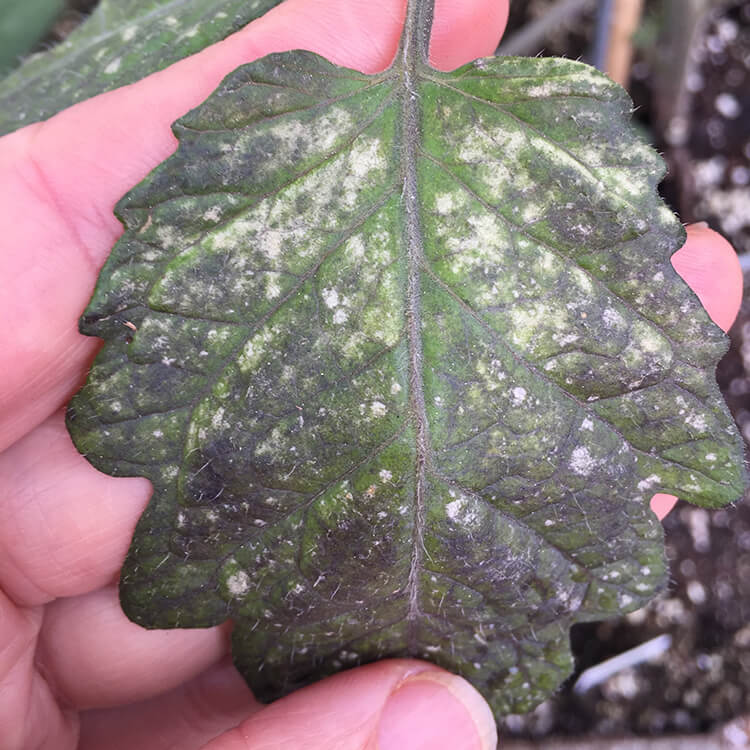
Resources
There are several very trustworthy sources of information about tomato disease (advice from Facebook randoms doesn’t fit into the “trustworthy” category)
- University of Saskatchewan – lots of great gardening advice on this page as well as courses and webinars. They have a page specifically on growing tomatoes
- Cornell University’s Vegetable MD Online – The team of phytopatholgists has also created an app called Tomato MD which is helpful and – importantly – portable
- Clemson University Tomato Diseases and Disorders

